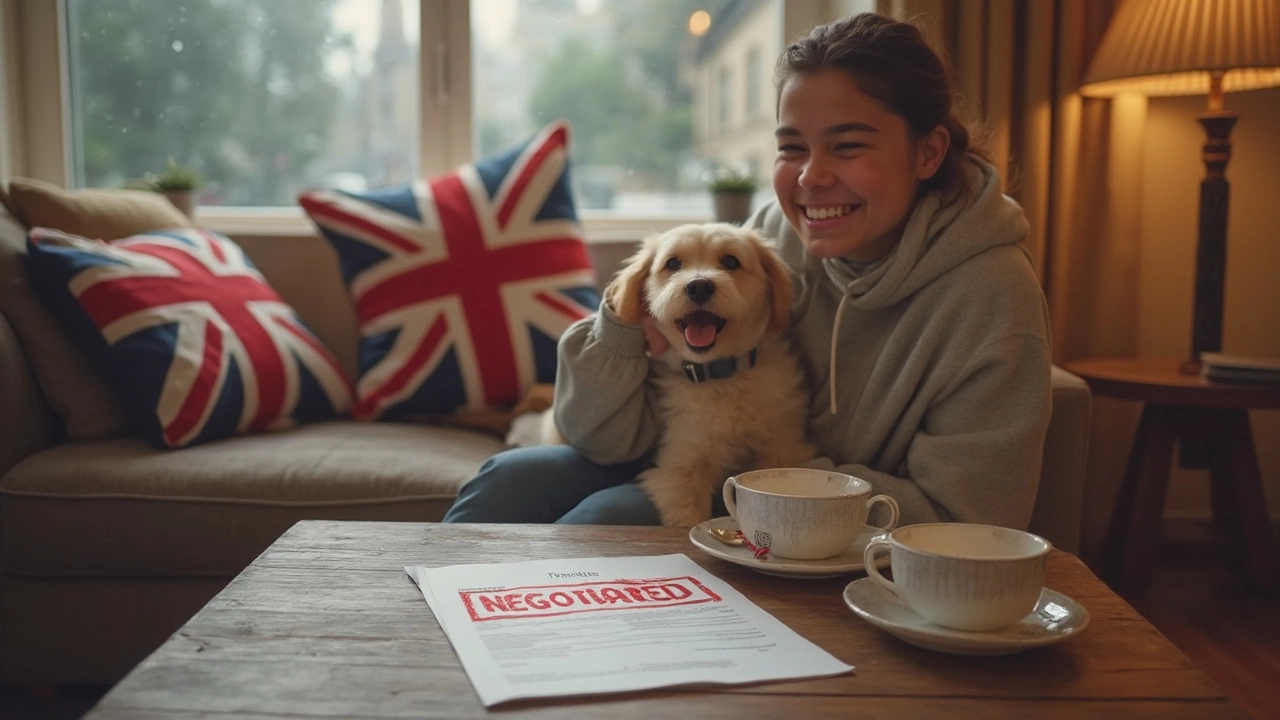Pet Rent Explained: What It Is and How It Works
If you love your dog or cat, you’ll soon hear the term pet rent. It’s an extra monthly fee landlords charge for allowing pets in a rental property. Unlike a refundable pet deposit, pet rent stays with the landlord and is meant to cover extra wear and tear, cleaning, or insurance costs.
How Much Is Pet Rent Usually?
Pet rent varies a lot across the UK. In most cities you’ll see charges from £10 to £30 per pet each month. In high‑demand areas like London, it can climb to £50 or more. The amount often depends on the type of pet, its size, and the building’s policies. Some landlords bundle the cost into the overall rent, while others list it as a separate line item.
Legal Basics You Should Know
There’s no law that caps pet rent, but the charge must be reasonable and clearly stated in the tenancy agreement. If a landlord tries to add a pet rent after you’ve moved in, they need your written consent. Tenants have the right to request a written breakdown of what the pet rent covers, and the landlord must not discriminate against renters with service animals.
For landlords, it’s smart to keep records of any pet‑related damage. That way you can justify the fee if a tenant challenges it. Also, check whether your insurance policy requires a minimum pet rent amount to stay covered.
Tenants, on the other hand, should read the lease carefully before signing. Look for clauses about pet size limits, breed restrictions, and whether the pet rent applies per animal or per household. If the fee seems high, ask the landlord if it can be reduced in exchange for a higher security deposit or a written agreement to handle cleaning.
Negotiating pet rent is common. Offer to pay a slightly higher deposit instead of a monthly charge, or propose a trial period where you demonstrate that your pet is well‑behaved. Landlords often appreciate a responsible tenant who shows they’ll keep the property in good shape.
Another tip for renters: keep a clean pet area. Regular grooming, frequent litter box cleaning, and using pet‑friendly flooring can reduce wear and tear, making the landlord more willing to lower the pet rent.
If you’re a landlord setting a pet rent, start with a modest fee—around £15 per pet. Too high a charge can scare away potential renters, especially in competitive markets. Make sure the fee is spelled out in the tenancy agreement and that you explain why you charge it.
Finally, remember that pet rent is just one part of the total cost of renting with a pet. Factor in pet insurance, food, vet visits, and any special equipment you might need. By understanding all the pieces, you can budget accurately and avoid surprises when the landlord sends the next invoice.
Whether you’re a tenant who can’t imagine life without a furry friend or a landlord looking to protect your property, knowing how pet rent works helps both sides find a fair solution. Keep communication open, read the fine print, and you’ll enjoy a pet‑friendly home without unnecessary stress.

How to Get Around Pet Rent Without Breaking the Rules
Tired of shelling out extra cash each month for pet rent? You're not alone. Many renters with furry friends feel squeezed by these fees, but there are smart ways to reduce or even avoid them. This article shares practical tips landlords don't usually talk about, plus facts on where pet rent is actually negotiable. Learn how to keep your pet and your wallet happy without playing dirty.